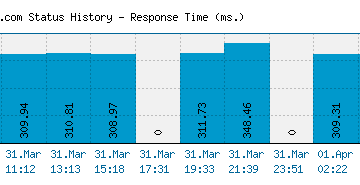Understanding Downdetector and Its Impact on Users
Introduction
In today’s digital age, staying connected is crucial for individuals and businesses alike. Downtime from popular services such as social media platforms, streaming services, or online games can lead to significant frustration. That’s where Downdetector comes into play. This online platform provides real-time data on service outages and incidents, allowing users to stay informed and minimise disruption. The relevance of Downdetector has surged, especially during periods of widespread service failure, making it an essential tool for users globally.
What is Downdetector?
Founded in 2012, Downdetector is a web-based service that monitors the status of online services and applications. It aggregates user-reported issues and presents them in graphical form, depicting real-time trends of outages. The service covers a wide array of platforms, from internet service providers (ISPs) to social media networks and gaming platforms, making it a comprehensive resource for detecting service disruptions.
Recent Events and Usage Surge
In recent months, Downdetector has experienced a marked increase in traffic. For instance, during the recent outage of a major social media platform in September 2023, Downdetector reported record highs of user interactions, with over 250,000 outage reports submitted within a single hour. This event not only showcased the platform’s utility but also highlighted the growing dependency of users on digital resources.
During the pandemic, as more services transitioned online, the need for Downdetector became increasingly apparent. Users relied heavily on the platform to verify service status during work-from-home arrangements and online schooling. Its easy-to-understand interface and real-time reporting made it an essential tool for many.
The Significance of Downdetector
For users, understanding and utilising Downdetector can save valuable time and reduce unnecessary frustration when a service is experiencing issues. It empowers users with information, allowing them to make informed decisions, whether to wait for a service to resume or to explore alternative options. Moreover, businesses can also use the analytics provided by the platform to assess service reliability and improve their infrastructure.
Conclusion
As we move further into a digital-first world, the importance of platforms such as Downdetector is likely to grow. With a commitment to providing accurate, up-to-date information on service outages, it plays a pivotal role in helping users navigate their online experiences. Looking ahead, we can expect advancements in reporting technology and improvements in platform reliability to further enhance user trust in Downdetector’s services.








